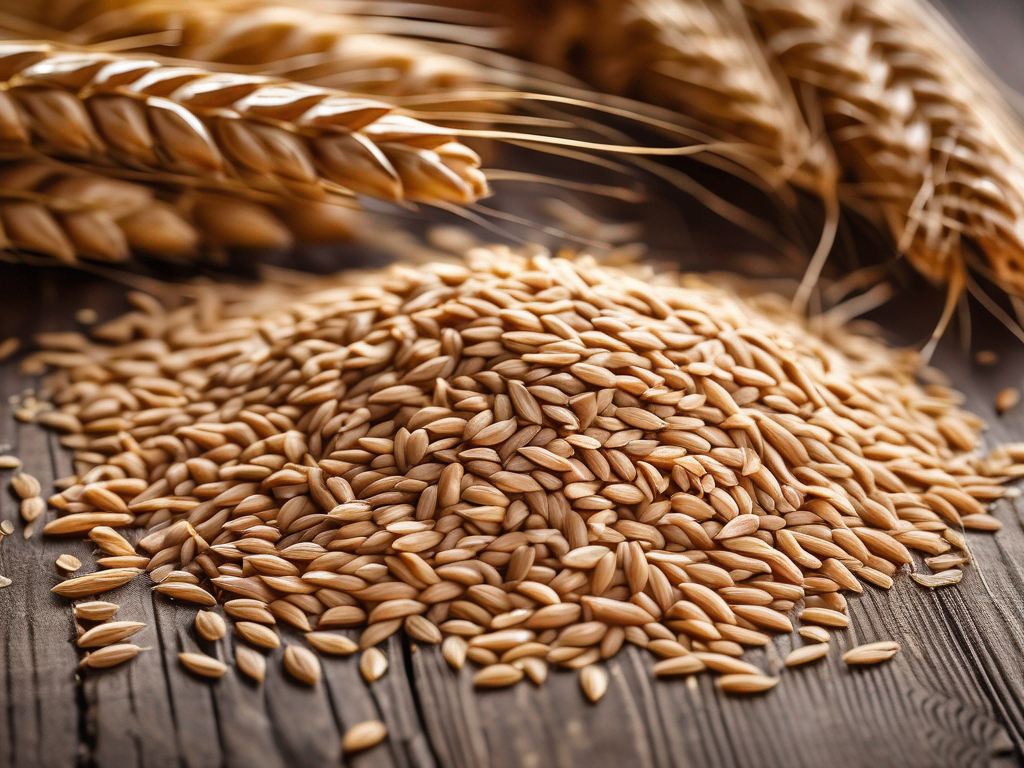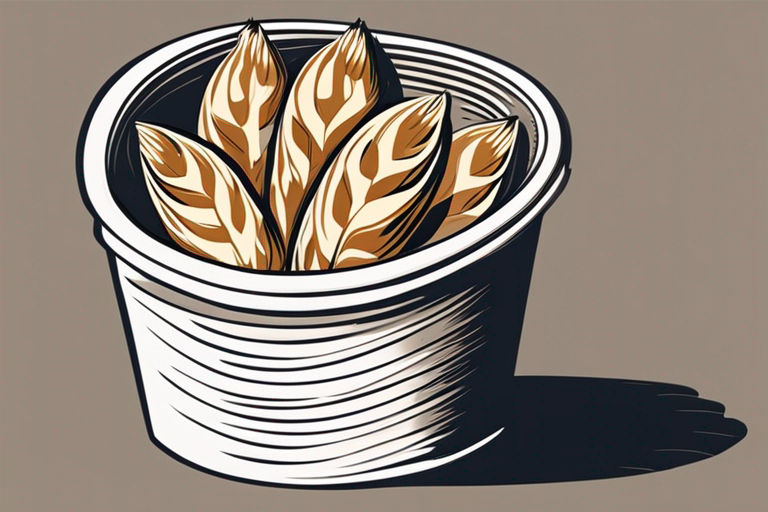
The Best Way to Store Hard Wheat for Long-Term Freshness
Get Your Free Food Safety Cheat Sheet
30 most common foods with instant answers. Print it and stick it on your fridge—completely free!
The Best Way to Store Hard Wheat for Long-Term Freshness
When it comes to storing hard wheat for long-term freshness, proper storage is key to preserving its quality and nutritional value. Hard wheat, also known as durum wheat, is a versatile grain that is commonly used for making pasta, bread, and other baked goods. To ensure that your hard wheat remains fresh and flavorful for an extended period, it is important to store it correctly. In this comprehensive guide, we will explore the best practices for storing hard wheat to maintain its quality and taste. (Hard wheat)
Importance of Proper Storage for Hard Wheat
Proper storage of hard wheat is essential to prevent spoilage, mold growth, and insect infestation. When exposed to moisture, heat, or pests, hard wheat can lose its nutritional value and develop off-flavors. By following the right storage methods, you can prolong the shelf life of hard wheat and enjoy its benefits for an extended period.
Factors Affecting Hard Wheat Storage
Several factors can impact the quality and freshness of stored hard wheat. Understanding these factors is crucial for determining the best storage practices:
- Temperature: Hard wheat should be stored in a cool, dry place to prevent heat-induced spoilage and rancidity.
- Humidity: Excess moisture can cause hard wheat to spoil and attract mold and pests.
- Light: Exposure to light can accelerate the degradation of hard wheat's nutrients and lead to flavor loss.
- Oxygen: Oxidation can affect the quality of hard wheat, causing it to become rancid over time.
Best Practices for Storing Hard Wheat
To ensure that your hard wheat remains fresh and flavorful, follow these best practices for long-term storage:
1. Choose the Right Container
- Store hard wheat in an airtight container to prevent exposure to moisture, oxygen, and pests.
- Opt for food-grade containers such as glass jars, plastic bins, or metal canisters with tight-fitting lids.
2. Keep it in a Cool, Dark Place
- Store hard wheat in a cool, dark pantry or cupboard away from direct sunlight and heat sources.
- Avoid storing hard wheat near appliances that generate heat, such as ovens or stoves.
3. Control Humidity Levels
- Ensure that the storage area is dry and well-ventilated to prevent moisture buildup.
- Consider using desiccants or moisture absorbers to maintain optimal humidity levels.
4. Rotate Stock Regularly
- Practice first-in, first-out (FIFO) rotation to use older stock before newer purchases.
- Check stored hard wheat periodically for signs of spoilage, such as mold, off-smells, or insect infestation.
5. Consider Freezing for Long-Term Storage
- For extended storage periods, consider freezing hard wheat in airtight bags or containers.
- Label containers with the date of storage and use within a reasonable timeframe for best quality.
Conclusion
Proper storage is essential for maintaining the freshness and quality of hard wheat for long-term use. By following the best practices outlined in this guide, you can ensure that your hard wheat remains flavorful and nutritious for an extended period. Remember to choose the right container, store in a cool, dark place, control humidity levels, rotate stock regularly, and consider freezing for long-term storage. With these tips, you can enjoy the benefits of hard wheat in your culinary creations while preserving its nutritional value. [Hard wheat](/food/hard wheat) is a versatile ingredient that deserves proper care and attention to maximize its shelf life and taste. (Hard wheat)

Authoritative Food Safety References
These agencies and university labs inform every tip and health precaution we publish.
USDA FoodKeeper – Cold Storage Guidelines
Official refrigerator, freezer, and pantry timelines maintained by the U.S. Department of Agriculture.
Visit USDA FoodKeeperFDA Produce Safety Rule & Grower Guidance
Field-to-fridge handling practices that prevent contamination of fruits, vegetables, and leafy greens.
Visit FDA Produce SafetyCDC Foodborne Illness Prevention Hub
Surveillance-backed guidance on pathogens, symptoms, and steps to reduce foodborne illness risk.
Visit CDC Food SafetyUC Davis Postharvest Technology Center
University research detailing optimal storage atmospheres for produce after harvest.
Visit UC Davis PostharvestPenn State Extension – Home Food Preservation & Safety
Peer-reviewed extension bulletins on safe canning, chilling, and reheating practices.
Visit Penn State ExtensionCan I freeze hard wheat for long-term storage?
How long can hard wheat be stored for?
Can I store hard wheat in the pantry?
How do I know if my hard wheat has gone bad?
Get Your Free Food Safety Cheat Sheet
30 most common foods with instant answers. Print it and stick it on your fridge—completely free! Want more? Upgrade to the complete guide with 70+ foods.
Scan your food directly and get instant safety info using our AI-powered camera feature.